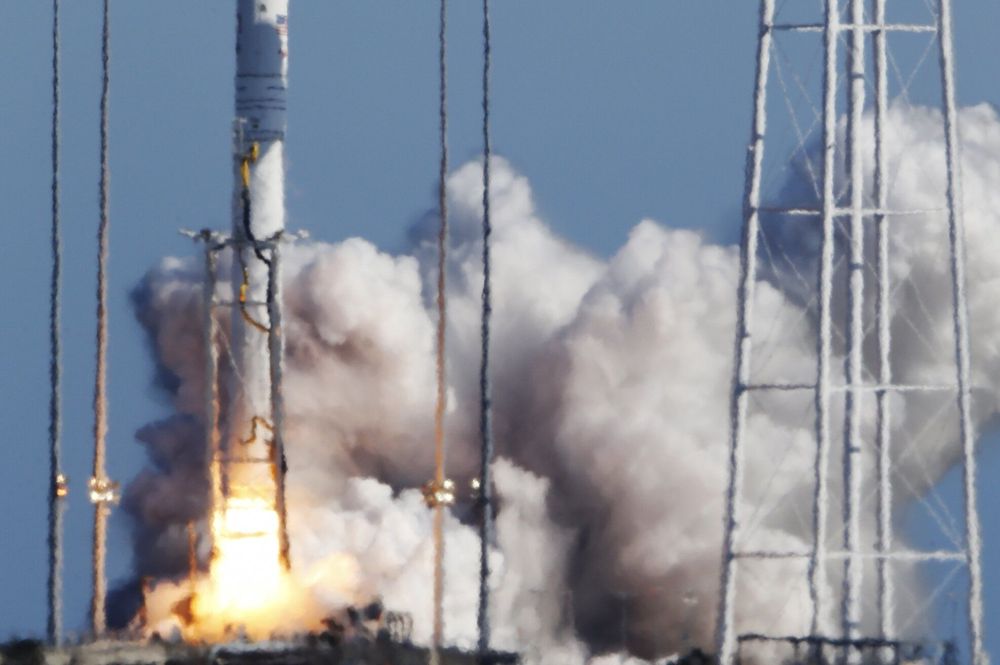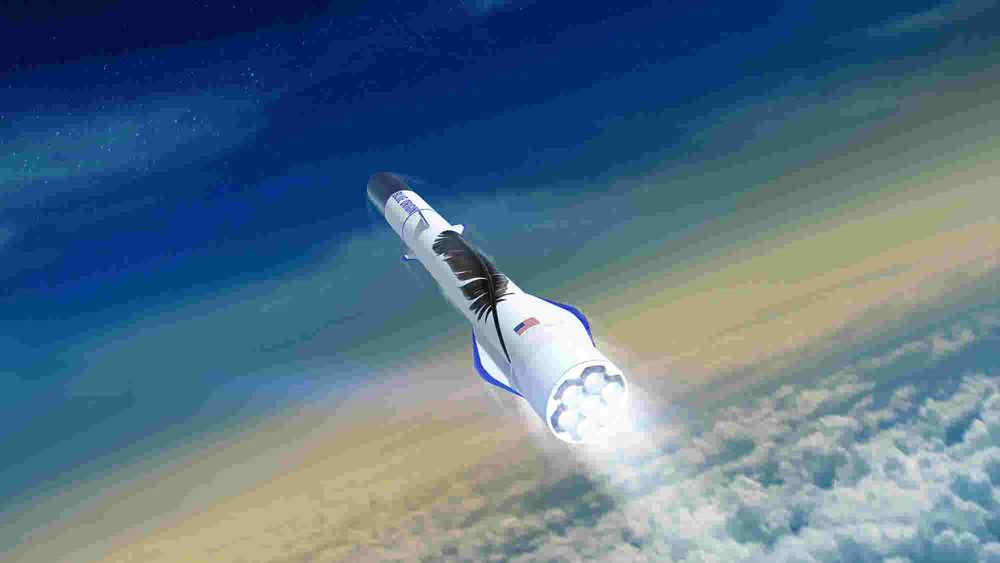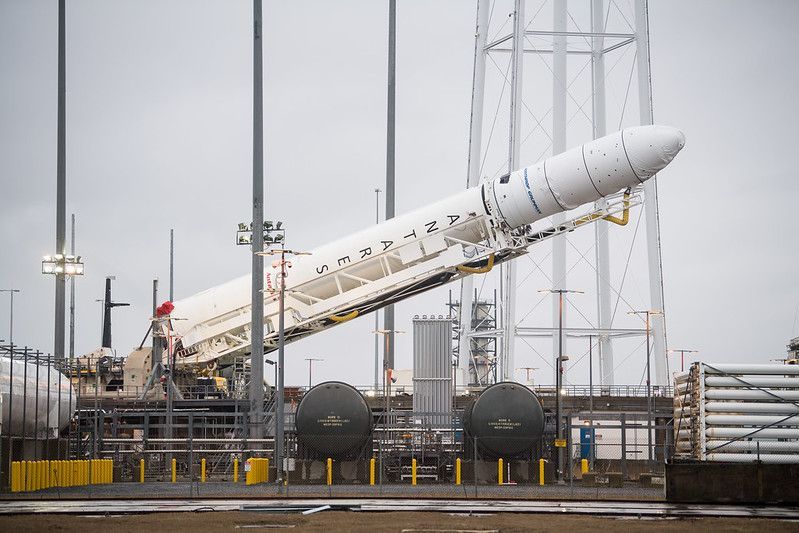Scientists from the United States to Australia are using new technology in an ambitious, multi-million-dollar drive to develop a vaccine in record time to tackle China’s coronavirus outbreak.
The new virus has spread rapidly since emerging late last year in China, killing more than 800 people in the mainland and infecting over 37,000. Cases have been reported in two dozen other countries.
Coming up with any vaccine typically takes years, and involves a lengthy process of testing on animals, clinical trials on humans and regulatory approvals.







